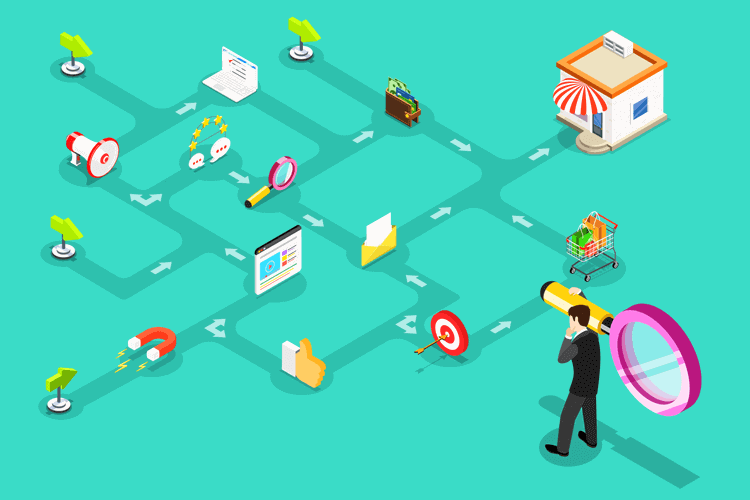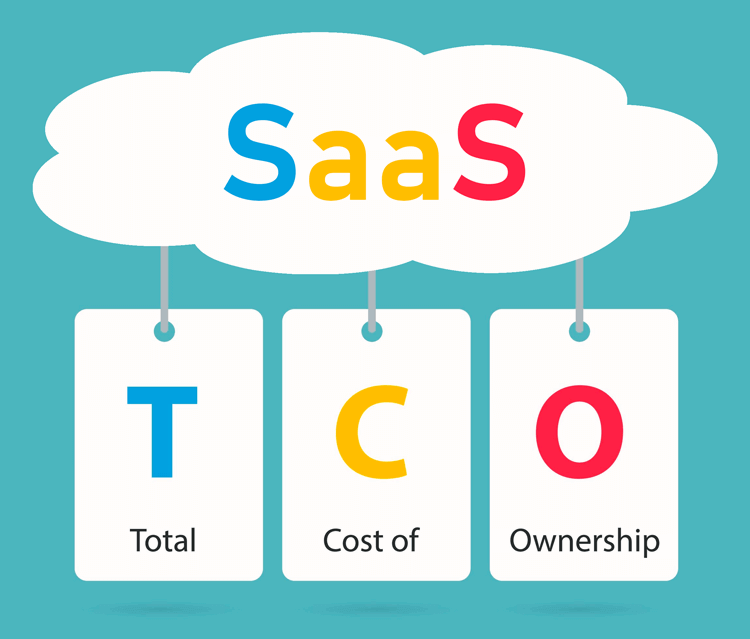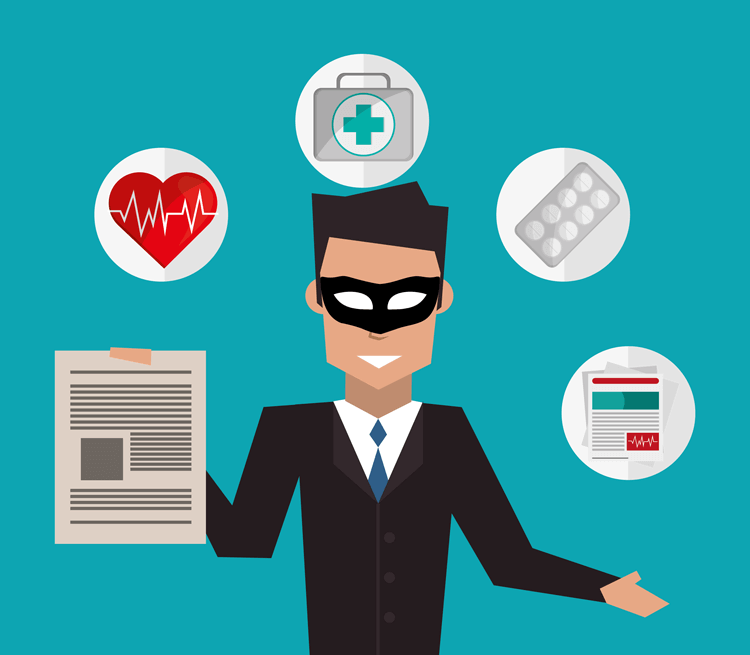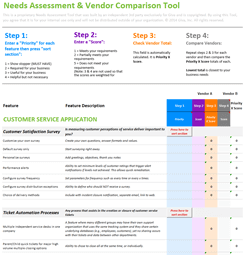B2B Customer Journey vs Experience Journey Mapping
Before the Internet, business to business (B2B) customer journeys were simpler, linear, and customers had less control. Sellers controlled the flow of information and were often the ones to initiate contact.
Salespeople and marketing teams pulled potential customers into the sales funnel, except for word-of-mouth referrals and those who went seeking solutions to their problems. The digital age changed all of that.
Now buyers go searching for what they need. Sales and marketing teams can't control how or when buyers enter the sales funnel. Some enter a company's sales funnel merely browsing, curious, but not ready to buy. Others enter the funnel at the consideration stage, with a budget and timescale in mind.
In this article, we take a closer look at traditional B2B customer journeys and compare these to a new method: experience journey mapping. We want to help businesses understand their customers, so they can meet them at every step of their journey, from the moment they realize they have a need, until they make a purchase and use the product or service.
Imagine how much post-purchase frustration and help desk center interactions would be reduced if businesses better understood their customers' journeys? Ultimately, that's what customer or experience journey mapping should reduce, while increasing conversion, retention rates, and revenue.

Why is the B2B Customer Journey no longer linear?
Traditionally, in the pre-Internet days, the B2B customer journey went something like this:
- Identify a need (awareness)
- Explore solutions (discover)
- Evaluate options (consider)
- Make a decision (buy)
- Evaluate the decision (post-purchase evaluation)
Also known as LBGUPS: Learn, Buy, Get, Use, Pay and Support.
It's a simple linear, seller-controlled way of looking at the buyer journey. It used to work well, too. Until the evolution of our current digital communication ecosystems and platforms. Now, B2B buyers have more control and more information than ever before, and the customer journey is no longer linear.
Although, in many ways modern B2B customer journeys are modeled on this format. Let's consider what this looks like and how this influences the ways B2B companies interact with potential customers/sales leads.
What does the modern B2B Customer Journey look like?
In 2003, when the Internet was starting to shape customer journeys, Bernd Schmitt, a professor of international business at Columbia Business School, defined this as "the process of strategically managing a customer's entire experience with a product or company."
Schmitt says that creating a Customer Journey Map (CJM) should involve creating "documents that visually illustrate customers' processes, needs, and perceptions throughout their relationships with a company."
When mapping out the customer journey, companies need to include the following information:
- How do customers find us? In most cases, there is more than one route to finding vendors for particular solutions, e.g. advertising, organic SEO (content marketing optimized for search engines), social media, networking events, trade shows, public relations (PR), word of mouth, and warm inbound referrals
- Starting from this information — known as the top of the funnel part of the customer journey — strategically map out the entire journey once a potential customer is aware of your business
- Take into account every iteration of B2B customer journey touchpoints between potential customers and the business
- Also consider potential pain points in this journey, where any difficulties are likely to be encountered
- At the same time, you need to consider feedback loops. What happens when a potential customer lands on your website, has a look around, and then exits? How will you capture their attention, get their details in order to keep them engaged and informed so they come back (e.g. a newsletter, an automated drip feed sales campaign, social media, etc.)?
- What are the key "moments of truth" in the sales funnel? Can you identify them at the top, middle, and bottom of the funnel, and what can you do to optimize these to increase conversion rates?
- What about after a purchase has been made? How can you onboard customers more effectively, and support them post-purchase to increase retention rates, revenue, while decreasing help desk support required to keep them as customers?
Once you've made a strategic map of the customer journey, you should also factor in the following:
- Which teams/departments are responsible for the various stages in the journey, e.g. marketing, sales, customer support?
- What are the linkages between the various touchpoints?
- Have you set KPIs for every stage in the journey and for the teams to take ownership of those stages?
- Consider the internal perception of what's important compared to what a customer feels is important? In most cases, there's a perception gap between what a company measures and what's important to customers. Aim to bridge this gap to improve the overall experience.
Now that you've put all of this together into a strategic map you can more effectively understand and optimize the customer journey.
How will understanding the B2B Customer Journey increase revenue and retention rates?
It is best not to view the sales or marketing funnel as a railway line. Potential customers don't simply get on at one station and then arrive at a destination ready to purchase. Instead, we need to think of the customer journey as a highway where people get on and leave at various points. Hopefully, some of them come back, especially if you've engaged with them effectively.
Not everyone does come back. But that's not a problem because most of those won't be viable customers anyway.
Engaging with the right customers throughout this journey in the most effective way is key to increasing revenue and retention rates. That starts with knowing your customer pain points inside and out, and then using content marketing and other marketing tools to engage them, to show them you know how to solve those problems.
One approach that is increasingly popular in B2B sales and marketing is the Jobs-to-be-Done framework (JTBD). It's a modern twist on an old problem: How do we convince potential customers to buy from us?
The answer is to show them you know what job (problem) they need solving, and showing them you are the company to solve it, to get that job done. Here are a couple of great ways to look at the JTBD framework and how you can apply it in your business:
According to Tony Ulwick in his article "Jobs-to-be-Done: A Framework for Customer Needs", "Harvard Business School marketing professor Theodore Levitt said, 'People don't want to buy a quarter-inch drill. They want a quarter-inch hole!' Clayton Christensen says, 'People buy products and services to get a job done'."
The JTBD framework is defined as:
"Jobs-to-be-Done Theory provides a framework for defining, categorizing, capturing, and organizing all your customers' needs. Moreover, when using this framework, a complete set of need statements can be captured in days — rather than months — and the statements themselves are valid for years — rather than quickly becoming obsolete."
Take Help Desk & Customer Service Management Software, for example. Companies don't subscribe to our software simply for all of the cloud-based features. No, Giva customers buy from us because we give them a suite of tools that improves customer service interactions and the management of customer service and IT help desk teams.
Giva improves customer service retention, increasing retention rates, and reducing the cost of the touchpoints required to keep customers happy. It's that simple. People come to your business for solutions to problems, not a fancy suite of features. The features of your product/service are a means to an end, not the key selling point.
Alongside using JTBD, let's consider Experience Journey Mapping rather than the traditional customer journey framework.
What's an alternative? Consider B2B Experience Journey Mapping
An experience journey map builds on the framework of a customer journey map. You don't need to re-write the customer journey; it's simply a case of taking everything with a 360° holistic view, from the customer's perspective.
Include the following to benefit from the complete picture:
- What problems are customers coming to us to solve? Include any unexpected problems that your product or service also solves; these could be useful secondary revenue streams. For this, apply the JTBD framework
- What sort of support are customers getting during the onboarding and post-purchase phase of the customer lifecycle? Is there more we could be doing to improve the customer experience once they've purchased?
- Do we provide self-help support, FAQs, training videos, documentation, articles, guides, or anything else that engages customers effectively? If the answer is no, then this is something you need to invest in to improve retention rates. Businesses with a trial period need to ramp this up to retain customers. If you aren't supporting them during this phase, then you simply aren't giving them enough to stick around and continue beyond a free trial.
Understanding customers and the journey they go through — before, during, and after a purchase — is mission-critical to the success of every business.
Conclusion & Key Takeaways: Experience map vs journey map
The traditional customer journey — LBGUPS model: Learn, Buy, Get, Use, Pay and Support — is dead. It's an outdated framework that doesn't work anymore. Customer journeys are more nuanced, linear, or even circular, and buyers have much more information and control than in the past.
Modern marketing teams need to map out the entire customer journey, making use of powerful frameworks such as JTBD and experience mapping to increase conversions, revenue, and retention rates.





